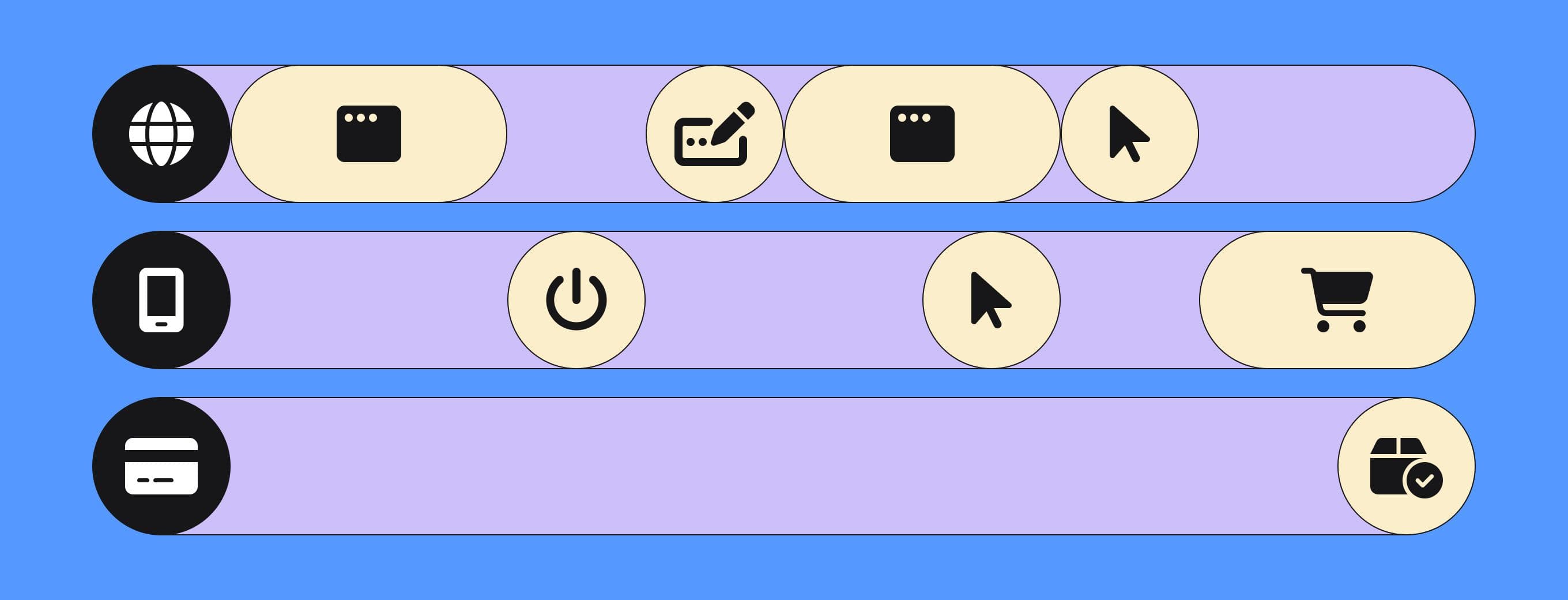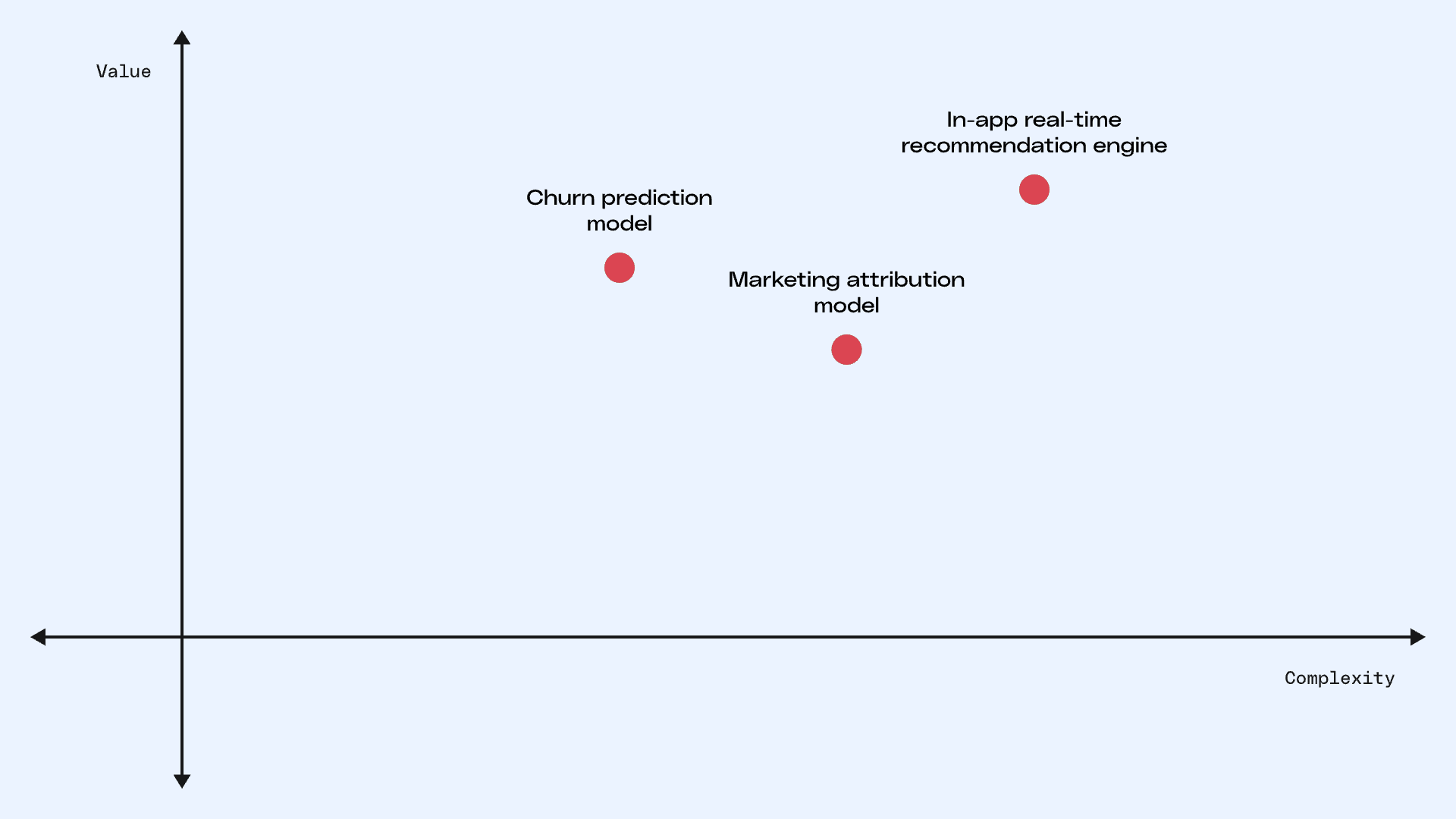Unresolved identities: The silent data project killer

If you work with data, you know consolidating fragmented data into cohesive, actionable information is a pervasive challenge. This is especially true in the customer data world, where data is the key to understanding customer journeys and driving competitive advantage. Every project seems to have a new problem.
Take a step back, though, and you see that most problems are symptoms of the same core issue. We hear endless descriptions of these symptoms and how they block business initiatives from our customers and prospects. Here are a few common examples:
- Marketing communications are fragmented and duplicitous because they’re working with datasets full of duplicate records.
- Real-time personalization is impossible because of a lack of reliable, complete customer profiles.
- Valuable initiatives like upsell programs are forgone because of the inability to reliably link interactions to the correct customer.
Amidst day-to-day business pressures, the underlying problem can be hard to pinpoint. At first glance, all that’s apparent is that business initiatives are blocked, the data is messy, and identifying and addressing the root cause will take bandwidth you don’t currently have. You’re under pressure to make things work now, so you’re forced to treat the symptoms without addressing the underlying problem. Things only get worse when projects involve adding new data sources and use cases into the mix.
So, what is the underlying problem that steals so much value but is hard to identify and even more difficult to fix? Unresolved identities. The solution? Identity resolution.
Identity resolution
A reliable, complete customer profile is needed in each of the scenarios above. What they have, though, is a messy, fragmented reality. Instead of a complete profile where all identifiers are consolidated into one universal record, there are multiple incomplete records, none of which are properly connected, making it impossible to generate accurate insights or execute effective tactical action.
ID resolution is the process of reconciling fragmented data sources to accurately identify individual customers (or entities), and it’s the foundational ingredient of complete customer profiles.
Unresolved identities remain a significant obstacle for most companies because solving identity resolution is a non-trivial internal project that doesn’t directly create business value. Businesses prioritize projects with clear, immediate impact. The importance of ID resolution as a foundation for such impact gets overlooked, so unresolved identities persist as silent data project killers.
Power your business with reliable, complete customer profiles
Schedule a demo with our team today to find out how RudderStack Profiles can help you solve identity resolution at the root so you can create value faster.
The first step to solving identity resolution is identifying the problem and clearly articulating how unresolved identities damage important business initiatives. But there’s another obstacle in front of you once you identify the problem – traditional solutions for solving identity resolution miss the target.
Traditional identity resolution solutions
There are two traditional methods to solve identity resolution. Buy a marketing SaaS product or DIY and build an ID resolution tool internally. The tradeoffs forced by both solutions render them functionally ineffective in most cases.
SaaS solution disadvantages
At first glance, the SaaS option seems attractive. Many CDPs include identity resolution as a feature and promise to quickly solve the problem. However, SaaS solutions have a few significant disadvantages.
- Incomplete data – SaaS CDPs only have access to a fraction of your company's data sources, so the profiles they generate are incomplete. This can put pressure on the data team to either figure out how to import more data into the SaaS platform or export the data from the platform to do DIY identity resolution work in the warehouse.
- Restrictive data models – SaaS platforms necessarily impose restrictions and limits on what entities they support, especially for ID resolution. For example, you may be limited to only customers or households. Forcing you to either conform your business logic to the SaaS platform or try to force your business model into the SaaS platform, like mapping accounts to households. Most companies benefit from the flexibility to define entities unique to their business, such as stores, brands, or accounts, organize them into hierarchical relationships, and resolve identifiers accordingly.
- Security concerns – Duplicating your customer data into a 3rd-party database raises security and compliance concerns. Because most SaaS platforms use ‘black box’ processes for identity resolution, transparency is also lacking.
These disadvantages typically leave you in a situation similar to where you started – with fragmented data and incomplete customer profiles. The difference is that you’ve sunk tens of thousands of dollars (or more) into a project and tool with negligible value.
DIY build disadvantages
When SaaS vendors disappoint, the pendulum can quickly swing to the other extreme – DIY. For ID resolution, building internally does have many advantages. You can build profiles with all the data in your warehouse, add and define entities exactly as your business needs, make further customizations as necessary, and avoid security concerns.
With a handful of data sources and only a few initial use cases, things look good. But the disadvantages become glaringly apparent as you scale, add more data sources, and expand the number of use cases.
- Scaling issues – Simple updates require working through thousands of lines of interconnected SQL code and risk breaking unrelated parts of the code. It’s impossible to serve the business with agility.
- Maintenance burden – As the complexity of your DIY build grows, you’ll have to spend more and more time just keeping the solution running. Eventually, this becomes a huge resource drain and significantly reduces your data team’s ability to work on higher-value initiatives.
DIY builds typically leave you in a situation similar to where you started, just like SaaS tools, struggling to efficiently power your business with reliable, complete customer profiles.
Why you can’t afford not to solve identity resolution
Identifying the problem is hard, and fixing it is even harder, but the payoff for solving identity resolution is massive. Once you solve identity resolution, the value of every customer data initiative goes up, and the complexity of those initiatives goes down. Higher impact at higher velocity. Let’s illustrate this with a concrete example.

Say your company aims to reduce churn by 20% and plans to execute a retention campaign targetting current customers with a likelihood to churn in the next 30 days. To accomplish this, you must create a feature dataset of churn predictors.
Without a working solution for identity resolution, part of your project to enable the retention campaign will involve searching for all the data sources related to customer interactions, like website and app behavioral data, customer success/service interactions, and marketing engagement. Then you’ll have to do the work to unify the different user IDs, anonymous IDs, slack channel IDs, and other IDs to your purchase IDs. This process can take weeks, even months, of work that could already be obsolete once complete.
However, with a solid identity resolution foundation already in place, the low-level complexity is already handled. You can quickly build a feature set of churn predictors on top of your customer profiles. What’s more, because your features are built on top of all the relevant data, not just a piece of the picture, your predictions will be more accurate and lead to a more effective campaign. Wynn Slots drove a 25% increase in player revenues with a similar campaign. Higher impact at higher velocity.
Power your business with reliable, complete customer profiles
You’ll recoup the time and money you spend implementing an efficient and reliable identity resolution solution on every data project thereafter. The faster you can implement, more easily you can maintain, and more agilely you can scale your solution, the better. While traditional methods all come up short, now there’s a better option.
RudderStack Profiles introduces a groundbreaking approach to creating and delivering complete customer profiles. It solves identity resolution and customer 360 at the root so you can create value faster. With Profiles, you can establish a single source of truth that combines every data point for every user and deliver complete customer profiles to power use cases for every team.
See RudderStack Profiles in action
Schedule a demo with our team today to find out how RudderStack Profiles can help you solve identity resolution at the root so you can create value faster.
Published:
May 14, 2024

Salesforce data enrichment: Best tools for 2025
Without proper enrichment, Salesforce customer records can become stale, incomplete, and increasingly disconnected from reality. Learn about the best tools for real-time syncing, identity resolution, and deep integration with modern data stacks.

Data matching techniques: Best practices & challenges
In this article, we’ll explore the core techniques behind data matching—such as identity resolution and record linkage—along with the common challenges teams face and the best practices for improving match quality at scale.

A groundbreaking approach to creating and delivering complete customer profiles
RudderStack Profiles introduces a groundbreaking approach to solving identity resolution. It enables every data team to power their business with reliable, complete customer profiles. In this blog, we show you how.







